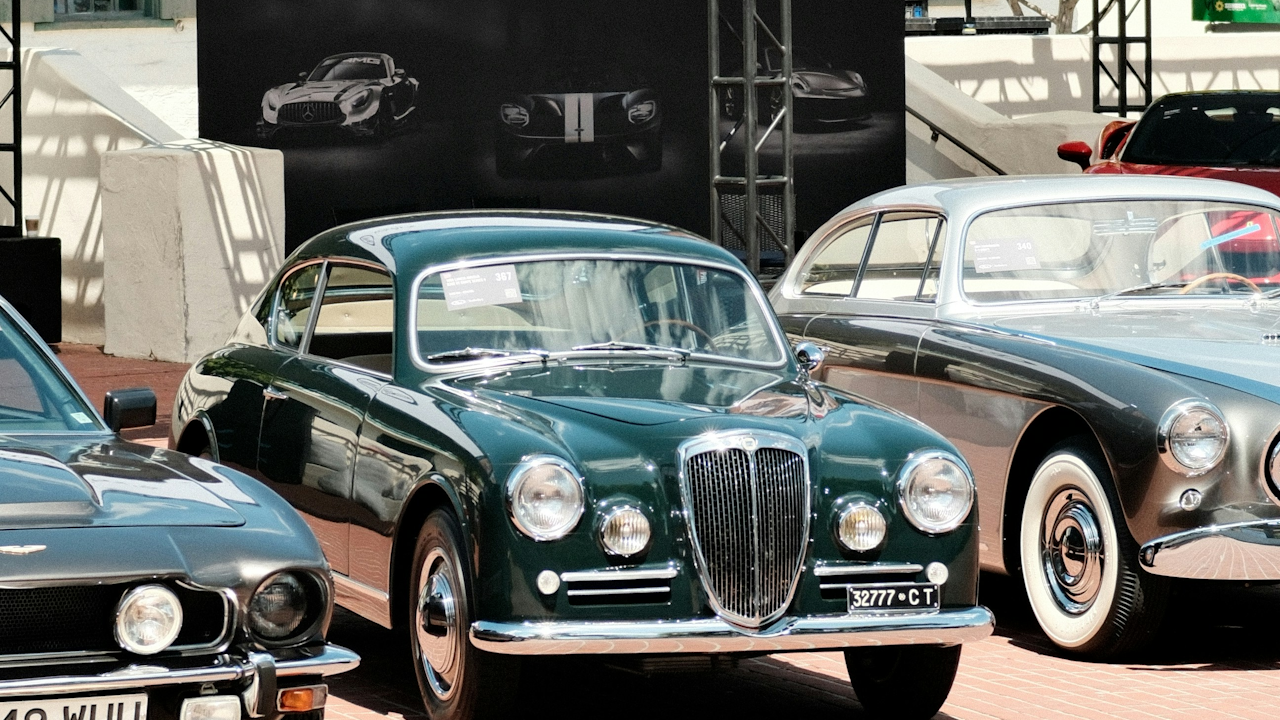The evocative rumble of a vintage engine, the gleaming chrome reflecting sunlight, and the distinct lines of an automobile from a bygone era – classic cars are undeniably making a formidable comeback in the collector scene. Far from being a niche hobby confined to a select few, the world of classic car collecting is experiencing a vibrant resurgence, driven by a complex interplay of nostalgia, investment potential, evolving demographics, and a growing appreciation for mechanical artistry.
One of the most compelling forces behind this renewed interest is undoubtedly nostalgia. For many, a classic car is a tangible link to a simpler time, a cherished memory of youth, or a symbol of an era that resonated deeply. The distinct designs and the tactile, unfiltered driving experience of older vehicles stand in stark contrast to the increasingly homogenous and digitally integrated nature of modern automobiles. In an age where new cars often prioritize efficiency and connectivity over character and driver engagement, the raw, analog appeal of a classic car offers a refreshing antidote. The cars that adorned bedroom walls as posters in the 1980s and 1990s are now becoming attainable dreams for a new generation of collectors, with models from these decades, particularly hot hatches and iconic sports cars, seeing significant increases in desirability and value.
Beyond the emotional connection, the investment potential of classic cars has also captured the attention of a broader audience. While the market experienced some price corrections in 2024, with overall values for collector and classic cars falling by approximately 10% globally (though with regional variations, such as a 14% rise in the EU compared to a 14% fall in the US and UK), experts anticipate a more stable, and potentially upward, trend for 2025. This is partly due to falling interest rates, which tend to put upward pressure on prices for financed assets like classic cars. Many see classic cars as an alternative asset class, capable of retaining or even appreciating in value, particularly well-maintained and rare examples. The understanding that these vehicles, unlike their modern counterparts, often gain value over time, makes them an attractive proposition for those looking to diversify their portfolios. The concept of a “digital passport” for collectible cars, leveraging technologies like AI and blockchain to verify authenticity and track provenance, is also emerging, promising to increase transparency and potentially boost trading frequency and long-term asset pricing.
The demographics of classic car ownership are also undergoing a fascinating shift. While the classic car community has traditionally been dominated by older, white males, there’s a noticeable trend of younger generations, particularly Millennials and Gen Z, entering the market. This influx of new blood is influencing market preferences, with a growing interest in “younger classics” from the 1980s, 1990s, and even early 2000s. These newer collectors are often drawn to cars that were popular during their formative years, creating new segments within the market and driving up the value of previously overlooked models. The increased involvement of women in classic car ownership is also a significant development, broadening the appeal and diversity of the collector scene. This generational transition is also reflected in the increasing prominence of online auctions, which offer greater accessibility and convenience, appealing to a tech-savvy demographic that may be less inclined to attend traditional live events. While high-value vehicles still tend to be sold at live auctions, the overall volume of online sales has surpassed live auctions in recent years, demonstrating a clear shift in market dynamics.
The restoration and maintenance market is flourishing in tandem with the classic car resurgence. With an estimated global automotive restoration market projected to reach USD 2.3 billion by 2030, the demand for skilled craftsmen, authentic parts, and specialized services is booming. This growth is fuelled by enthusiasts who view restoring a classic car as a labor of love, a hands-on engagement with automotive history. Companies are embracing innovative techniques, such as additive manufacturing (3D printing) for otherwise unavailable parts, to breathe new life into vintage vehicles. The emergence of sustainable materials and fossil-free fuels is also playing a crucial role, allowing enthusiasts to enjoy their classic cars with a reduced environmental impact, thereby future-proofing the hobby against evolving regulations and environmental concerns. Electrification of classic cars, while controversial for purists, is also gaining traction, offering a pathway for these beloved machines to remain relevant and usable in a world increasingly moving towards electric mobility.
Furthermore, the strong sense of community and camaraderie within the classic car world acts as a powerful draw. From local car meets and rallies to prestigious concours d’elegance events, owning a classic car often opens the door to a vibrant social scene. This shared passion fosters a sense of belonging and provides opportunities for enthusiasts to connect, share knowledge, and celebrate their automotive treasures. The cultural presence of classic cars in media, film, and television continues to amplify their allure, introducing new generations to their timeless appeal and reigniting passion in existing enthusiasts.
In conclusion, the comeback of classic cars in the collector scene is a multifaceted phenomenon. It’s a celebration of automotive heritage, a strategic investment, and a testament to the enduring human desire for tangible connections to the past. As the market continues to evolve, influenced by new demographics, technological advancements, and a growing emphasis on sustainability, the roar of classic engines on roads and at events worldwide is likely to grow even louder, solidifying their place as cherished artifacts of human ingenuity and passion.

